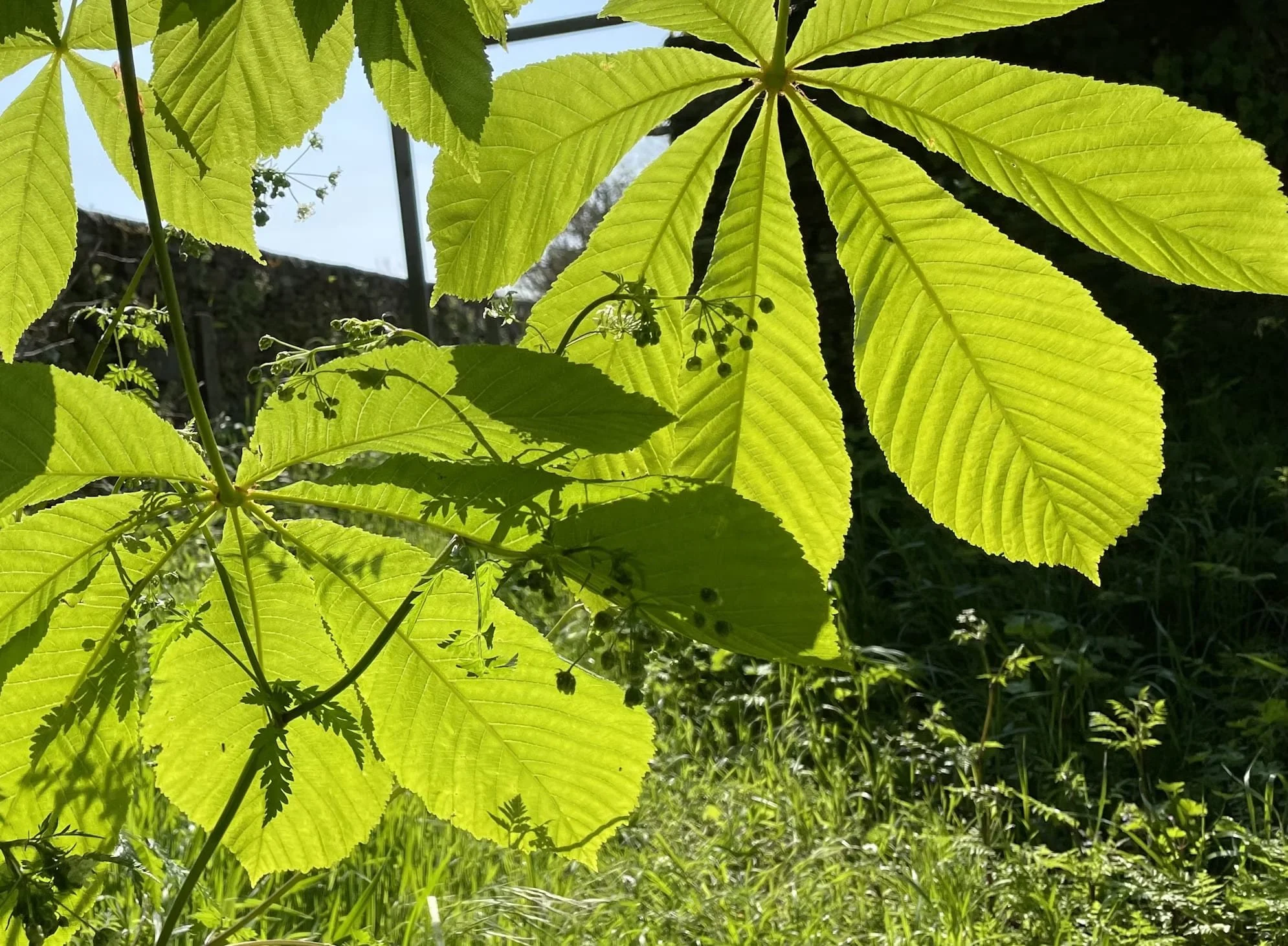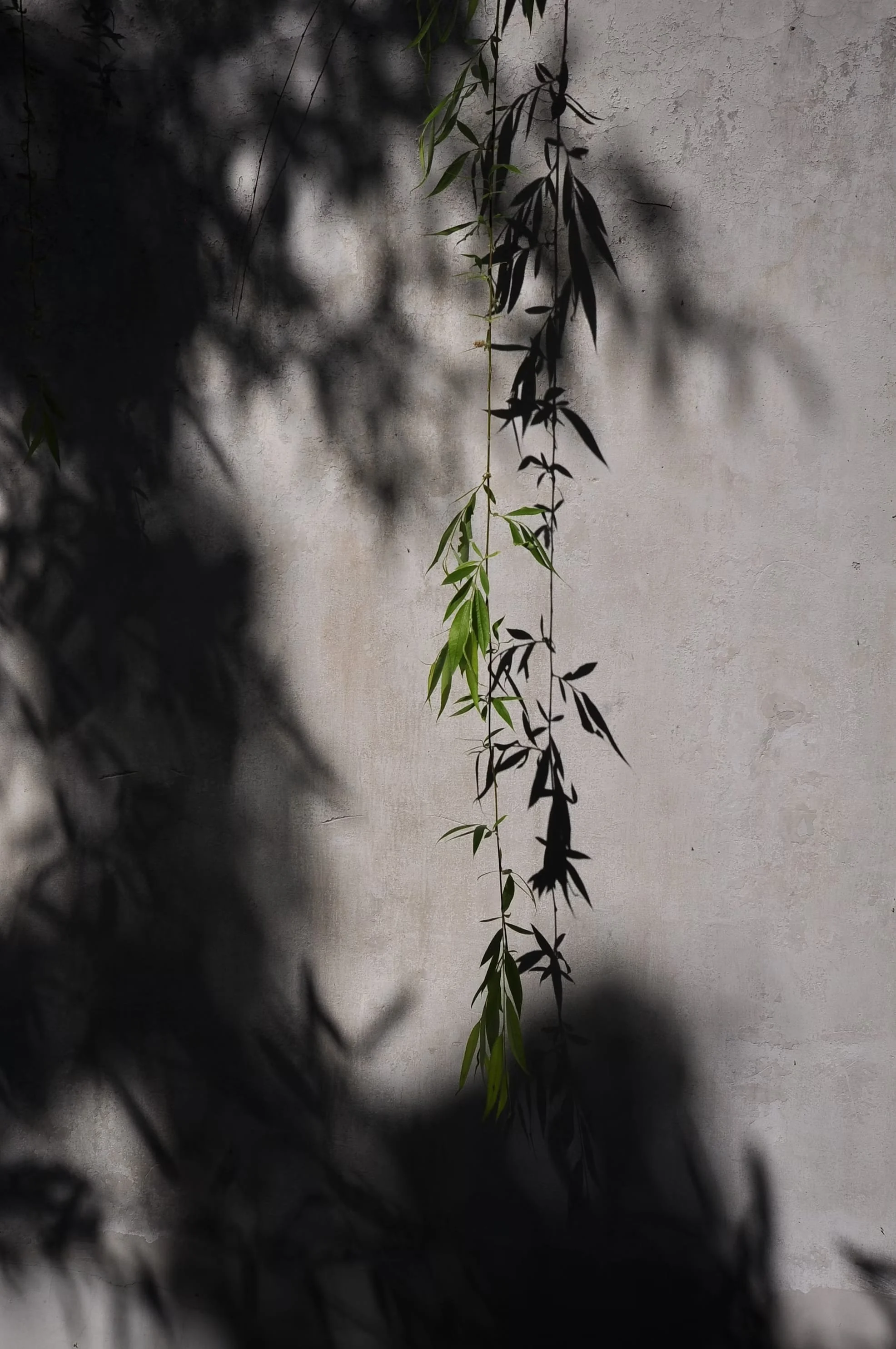Shade-Loving Perennials for Southern Gardens
Dear friend,
It’s that time of May when the mornings are gentle, and the afternoons start to get a little feisty with their heat. The kind of heat that makes you pour your second glass of sweet tea before lunch and think twice about weeding in the full sun. But here’s the thing—not every corner of our gardens lives under that blazing summer spotlight. Some places are quiet and cool, tucked beneath the canopy of an old oak, shaded by the side of the house, or cradled between tall shrubs and winding paths. And those shady nooks? They can be a gift, once you learn how to garden within their rhythm.
I’ll admit, there was a time I thought shade was a bit of a curse in the garden. I wanted sunflowers and zinnias, tomatoes sprawling in the heat, big beds of daylilies reaching for the sky. But over the years, I’ve come to love the hush and hush-hush of the shade—the cool breath it lends on a hot afternoon, the softness of filtered light playing across leaves, the chance to build a different kind of beauty. A quieter beauty. One made of texture, grace, and subtle delight.
It all started for me with hostas. One year, I tucked a few into the ground near the north side of a little outbuilding, mostly just trying to fill in some bare soil. I didn’t expect much. But when their broad, blue-green leaves began to unfurl like open palms, catching every stray beam of morning sun, I was smitten. By midsummer, they looked like regal fans in a shady courtyard, lush and full and content. That same bed, once overlooked, had become a destination.
If you’ve got a patch of dappled shade, you might find that hostas quickly become your new best friend. They come in a dazzling array of shapes and colors—some almost white, others deep emerald, some with chartreuse centers or edges tinged with cream. The more you grow, the more you start noticing their personalities. Some stay low and compact; others stretch wide and tall like leafy umbrellas. They do love consistent moisture, and I’ve found that a thick layer of mulch not only helps keep them hydrated but also sets them off beautifully against the soil.
Now, a word of caution—hostas are like candy to slugs and deer. Slugs will chomp holes in those gorgeous leaves like they’re at an all-you-can-eat buffet. I’ve had some luck with crushed eggshells sprinkled around the base and organic slug bait if things get out of hand. And as for the deer—well, that’s an ongoing conversation, isn’t it? I’ve learned to place the most tempting plants in spots that are either fenced, closer to the house, or mixed in with less tasty options like ferns or strongly scented herbs.
Speaking of ferns, they’re the unsung heroes of the shade garden. I don’t think I truly appreciated them until I started looking at shade as an opportunity rather than an obstacle. Christmas ferns, lady ferns, cinnamon ferns—all of them bring that elegant, forest-floor charm to our backyards. Their fronds seem to shimmer in the dappled light, gently arching like dancers frozen mid-curtsy. And unlike many showier plants, ferns aren’t in a rush. They grow with a kind of deliberate calm, filling in spaces with grace.
I especially love pairing ferns with heucheras—also known as coral bells. These perennials are a dream in the shade, thanks to their striking foliage that comes in a rainbow of colors. Deep burgundy, copper, silver, lime green—each variety brings its own flair. I once planted a row of dark purple heucheras beside some delicate Japanese painted ferns, and I’ll tell you what, the contrast was so striking it stopped me in my tracks every time I passed. And unlike most flowering perennials, heucheras are mostly about the leaves, which means they provide consistent interest from spring to frost.
If you’re after flowers—real blooms—then look no further than astilbe. These fluffy plumes rise like soft fountains from deeply divided foliage and come in shades of white, pink, red, and lavender. They need moisture to truly thrive, but they’ll reward you with weeks of delicate color and the kind of old-fashioned charm you rarely see in modern landscapes. I like tucking them where they’ll get a bit of morning sun and then a full nap in the shade during the hottest hours. Add a gentle breeze, and they’ll sway like candles on a birthday cake.
Then there’s the classic bleeding heart—Dicentra spectabilis—which feels like it wandered straight out of a fairytale. Its heart-shaped blossoms dangle from graceful arching stems, usually in soft pink or white, like a string of tiny paper lanterns. They bloom in spring, and when the heat sets in, their foliage often dies back. But don’t worry—it’s part of their rhythm. I like to plant bleeding heart near ferns or hostas so they can take over the show once the bleeding heart slips backstage for the summer.
One of the things I’ve learned is that a good shade garden isn’t just about the plants you choose, but also how you care for the soil. Under trees, the soil is often robbed of nutrients and moisture by thirsty roots. It can be compacted, dry, or just plain tired. That’s why I always take time to amend it generously with compost, leaf mold, or finely shredded mulch. Not only does this enrich the soil, but it mimics the natural forest floor that many of these plants evolved to thrive in.
Another trick that’s helped me over the years is paying attention to how water moves under the canopy. You’d think the shade would keep everything damp, but sometimes those dense tree leaves act like umbrellas, keeping rain from ever reaching the ground. A good soak every week or so, especially during dry spells, makes all the difference.
Now, some folks worry that a shade garden won’t have enough color. That it’ll be dull or lifeless. But I promise you—shade gardens aren’t drab. They’re refined. They’re textural. They play with form and contrast in a way sun gardens often don’t. The rich greens, silvery tones, and bold chartreuse leaves light up in dappled sunlight, and when you start layering textures—coarse hosta, frilly fern, smooth hellebore—you begin to see a kind of tapestry unfold.
And there are more blooms to be had, too—don’t forget about toad lilies (Tricyrtis), which produce speckled, orchid-like flowers in late summer, often when everything else has gone quiet. Or Solomon’s seal, with its graceful, arching stems and tiny, bell-shaped blossoms. Hellebores (also known as Lenten rose) are another favorite. They bloom early—sometimes in January or February here in the South—and offer leathery evergreen leaves the rest of the year.
If you’ve got deep shade, where even dappled sun is scarce, your palette is narrower but still full of options. Look for evergreen groundcovers like Pachysandra or Asarum (wild ginger), or stick with tough-as-nails ferns and larger-leaved hostas. Just remember to water well, especially during establishment, and mulch to retain what moisture you can.
Now, if you’re fortunate enough to have a large tree casting shade, you might consider raising the canopy a bit. I’m not talking about drastic pruning—just removing a few lower branches to let in a little more light. It’s amazing what a difference that can make. Suddenly, that dry, lifeless ground under the oak becomes a shady haven for all kinds of beautiful plants.
And a shade garden doesn’t just serve you—it serves the wildlife, too. Birds find shelter in the shrubs and trees. Frogs and toads tuck themselves among the ferns. I’ve even watched a box turtle make its slow, steady way through the shade garden, nosing around beneath the hostas. These cool, moist spaces offer a kind of sanctuary that’s disappearing in many developed landscapes.
One of my favorite things about tending a shade garden is how it encourages you to slow down. There’s less urgency, fewer demands. It’s not about deadheading or staking or racing against the sun. It’s about observation. About appreciation. About taking time to notice how the light filters through leaves at different times of day, how dew lingers longer in the morning, how the breeze rustles the ferns just so.
So if you’ve got a shady nook that’s been puzzling you—don’t despair. You’re not cursed. You’re holding a little patch of magic, just waiting to be uncovered. Start small. A cluster of ferns. A few heucheras. A hosta or two. See what grows. See what thrives. Then build from there.
Before long, you might find that it becomes your favorite corner of the yard. A place to retreat when the sun is too hot, a place to sip something cool in the late afternoon, a place that feels like a secret garden tucked away from the world.
Until next time, may your shade be cool, your soil be rich, and your perennials be ever-thriving.
Warmly,
Logan
P.S. Need help designing a calming, low-maintenance shade garden? We’d love to walk your space and create something special. Visit Unicorn Farm Nursery & Landscaping to schedule your shade garden consultation today.

